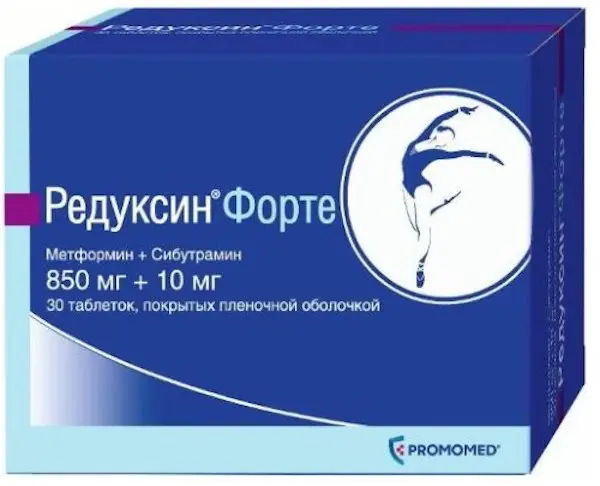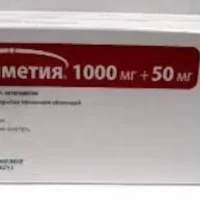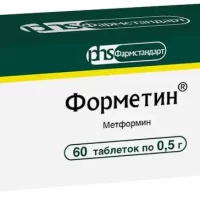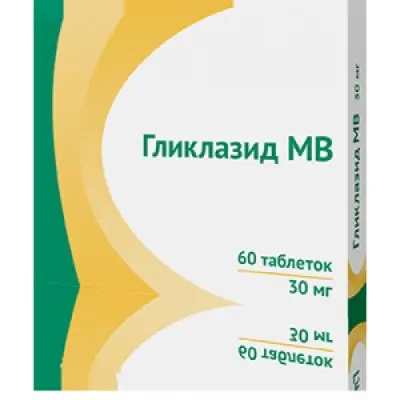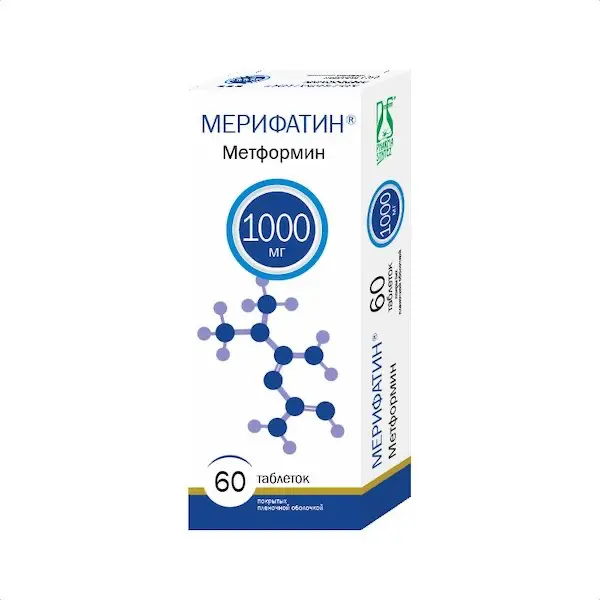Description
Reduxin Forte Pharmacodynamics
Metformin
An oral hypoglycemic drug of the biguanide group, reduces hyperglycemia without leading to the development of hypoglycemia. Unlike sulfonylurea derivatives, it does not stimulate insulin secretion and does not cause hypoglycemic effects in healthy individuals. Increases the sensitivity of peripheral receptors to insulin and glucose utilization by cells. Inhibits gluconeogenesis in the liver. Delays absorption of carbohydrates in the intestine and stimulates the production of GTP-1 (physiological appetite regulator). Metformin stimulates glycogen synthesis by acting on glycogen synthase. It increases transport capacity of all types of membrane glucose transporters. In addition, it has a favorable effect on lipid metabolism: it reduces the concentration of total cholesterol, low-density lipoproteins and triglycerides.
Against the background of taking metformin, the patient’s body weight either remains stable or decreases moderately.
Sibutramine
It is a prodrug and shows its effect in vivo due to metabolites (primary and secondary amines) that inhibit monoamine reuptake (serotonin, noradrenaline and dopamine). The increase of neurotransmitters in synapses increases the activity of central 5NT-serotonin and adrenergic receptors and contributes to the physiological regulation of appetite by increasing the feeling of satiety and reducing the need for food, as well as increasing thermoproduction (internal energy expenditure). Indirectly by activating the ?z-adrenoreceptors, sibutramine affects brown adipose tissue. Reduction of body weight when taking sibutramine is accompanied by an increase in serum concentration of high density lipoproteins (HDL) and a decrease in triglycerides, total cholesterol, low density lipoproteins (LDL) and uric acid. Sibutramine and its metabolites do not affect monoamine release, do not inhibit monoamine oxidase (MAO); have no affinity for a large number of neurotransmitter receptors, including serotonin (5-HT1, 5-HT1A, 5-HT1B, 5-HT2C), adrenergic (? 1, ?2, ?3, ?1, ?2), dopamine (D1, D2), muscarinic, histamine (H1), benzodiazepine and glutamate NMDA receptors.
Concomitant use of metformin and sibutramine increases the effectiveness of therapy in obese patients. By regulating appetite, reducing hunger, increasing energy expenditure and regulating lipid and carbohydrate metabolism, Reduxin® Forte reduces body weight and restores metabolic health.
Clinical efficacy and safety (Results of clinical trials)
In clinical study in Reduxin® Forte group the percentage of patients who achieved clinically significant weight loss in 3 months of therapy (early responders to therapy) exceeded 90%. During 6 months of therapy 91.67% of patients in the Reduxin® Forte group achieved a weight loss of 10% or more. The decrease in body weight was accompanied by clinically significant decrease in waist circumference and improvement of lipid profile, which proves the effectiveness of the drug in reducing the risk of complications and meets the main objectives of obesity therapy.
During the study, there was no adverse effect of Reduxin® Forte on cardiovascular parameters during its use in obese patients.
Indications
Reduxin® Forte is indicated for correction of body weight and improvement of lipid and carbohydrate metabolism in patients with
-with a body mass index (BMI) over 30 kg/m2 (alimentary obesity);
-with a BMI of 27 kg/m2 or more in combination with type 2 diabetes mellitus and dyslipidemia;
-with a BMI of 30 kg/m2 or more with prediabetes and additional risk factors for type 2 diabetes, in whom lifestyle changes have failed to achieve adequate glycemic control.
Contraindications
– Hypersensitivity to the drug components;
– diabetic ketoacidosis, diabetic precoma, diabetic coma;
– Renal dysfunction (creatinine clearance (CK) less than 45 ml/min);
– impaired liver function;
– acute conditions with a risk of renal dysfunction: dehydration (diarrhea, vomiting), severe infectious diseases, shock;
– cardiovascular diseases (history and current): coronary heart disease (myocardial infarction (MI), angina pectoris), chronic heart failure in decompensation, peripheral artery occlusive disease, tachycardia, arrhythmia, cerebrovascular disease (stroke, transient cerebrovascular disorders);
– uncontrolled arterial hypertension (blood pressure (BP) above 145/90 mm Hg) (see also section “Indications”);
– clinically expressed manifestations of acute and chronic diseases that can lead to the development of tissue hypoxia (including respiratory failure, heart failure, acute MI);
– Chronic alcoholism, acute ethanol poisoning;
– thyrotoxicosis;
– benign prostatic hyperplasia;
– pheochromocytoma;
– closed-angle glaucoma;
– Extensive surgery and trauma (when insulin therapy is indicated);
– Lactoacidosis (including anamnesis);
– established pharmacological or drug dependence;
– Pregnancy and breastfeeding;
– Under 18 years of age and over 65 years of age;
– a period of less than 48 hours before and within 48 hours after radioisotopic or radiological studies with the introduction of iodine-containing contrast media;
– adherence to a hypocaloric diet (less than 1,000 kcal/day);
– presence of organic causes of obesity (e.g., hypothyroidism);
– serious eating disorders – anorexia nervosa or bulimia nervosa;
– mental illnesses;
– Gilles de la Tourette syndrome (generalized tics);
– concomitant use of MAOI inhibitors (e.g., phentermine, phenfluramine, dexfenfluramine, ethylamphetamine, ephedrine) or their use for 2 weeks before and 2 weeks after taking sibutramine Other drugs acting on the central nervous system that inhibit serotonin reuptake (e.g., antidepressants, neuroleptics); sleeping pills containing tryptophan, and other centrally acting drugs for weight loss or treatment of psychiatric disorders.
How to use and dosages
- Reduxin ® Forte is prescribed orally once a day. The dose is adjusted individually, depending on tolerance and clinical effectiveness.
- Recommended starting dose is 850 mg + 10 mg per day.
- The drug should be taken in the morning, without chewing and with plenty of liquid (glass of water). The drug may be taken both on an empty stomach and in combination with a meal. Increase dose to 850 mg + 15 mg is possible if during a month the body weight loss by 2 kg or more has not been achieved, but not earlier than after 4 weeks from the beginning of treatment.
- Treatment with Reduxin® Forte should not be continued for more than 3 months in patients who during 3 months of treatment failed to achieve 5% of body weight loss from the initial level while taking the drug in maximum dose.
- In patients with obesity without additional disorders of carbohydrate metabolism, Reduxin® Forte is recommended for 6 months to develop proper eating habits and maintain the achieved results of weight loss. Treatment with Reduxin® Forte should not be continued if during further therapy after weight loss achieved, the patient again gains 3 kg or more in body weight.
- Long-term use of the drug is recommended to reduce body weight by 5-10% and to maintain the result, which helps to reduce health risks and improve the course of diseases associated with obesity.
- Treatment with Reduxin® Forte should be combined with diet and physical exercises under the supervision of a physician with practical experience in the treatment of obesity.
- Duration of continuous treatment should not exceed 1 year.

